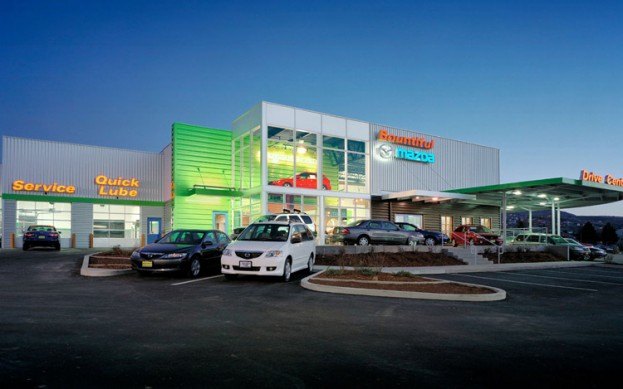#AnalystForecasts
2017 U.S. Auto Sales Forecasts Are Falling; Still Likely the Fourth-Best Year on Record
After U.S. sales of new vehicles declined 2 percent, year-over-year, through the first five months of 2017, forecasters surveyed by Bloomberg are largely in agreement. 2017 will fall well short of 2016’s record auto industry output, sliding to 17.2 million sales from more than 17.5 million in 2016.
There are nevertheless a handful of positives on which optimistic automakers can draw. First, a 17-million-unit sales year still represents a huge number of sales for manufacturers that averaged 12.5 million sales between 2008 and 2012.
Second, the high incentive spending doesn’t appear to be growing higher. Pair that with high average transaction prices and automakers can still earn big profits.
Third, if Washington ever does get around to legislating — no sure bet in this investigative congressional age — then promised tax cuts and infrastructure programs could further elevate demand.
In the meantime, there are causes for concern.
Study: Toyota and GM Poised to Grow Market Share; Not so Fast, FCA
Which automaker stands the best change of gobbling up more of the U.S. light vehicle market in the near future? According to the results of a newly released study, and not entirely unsurprising, it’s two of the world’s largest automakers.
General Motors and Toyota are each planning a slew of new and refreshed products over the next few years — something which should serve to lure buyers away from other brands. Among domestic automakers, one brand is forecast to suffer at the hands of its Detroit rival’s success. You know the one.
Truck, SUV Owners Rejoice as Forecasters Predict a Lengthy Oil Glut
Automakers can expect a favorable environment for lucrative truck and SUV sales well into next year, as the right conditions come together for a continued oil glut. That heralds lower prices at the pump, less painful driving, and less scrutiny of EPA mileage figures on Monroney stickers.
Oil supply and inventories are rising, even as demand falls off sharply, while overseas interests are conspiring to keep prices down — and in their favor.
Fitch: Marginal Losses Projected For Subprime Auto Loans In 2015
Despite the risks subprime auto loans carry, the market is likely to experience only marginal losses through 2015 according to a recent analyst forecast.
Presidents Day, Warmer Weather Provide Small Jump In February Sales
Brief warming spells between polar vortices and Presidents Day sales boosted sales in February, though rising inventories and incentives raise questions about sales momentum heading into the oncoming spring selling season.




















Recent Comments